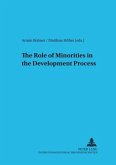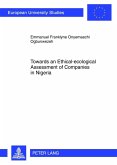In 2004 tsunami waves caused huge economic losses along the coastline of Southern Thailand. These resulted from direct damages and the following economic downturn. This study investigates the factors that led to this vulnerable situation. One of the greatest challenges in vulnerability research is the quantification. To answer this question, a wide database has been used, encompassing highly accurate remote sensing data, quantitative surveys and qualitative focus group discussion data. These data have been integrated in a structural equation model to reproduce factors and relations leading to the hazard induced effects and the capabilities to cope with. The model showed that the impact was almost completely compensated for by households' and companies' internal and external resilience capabilities.
Bitte wählen Sie Ihr Anliegen aus.
Rechnungen
Retourenschein anfordern
Bestellstatus
Storno








